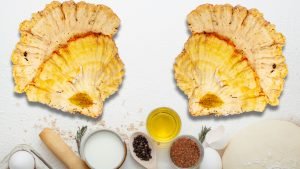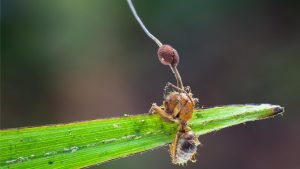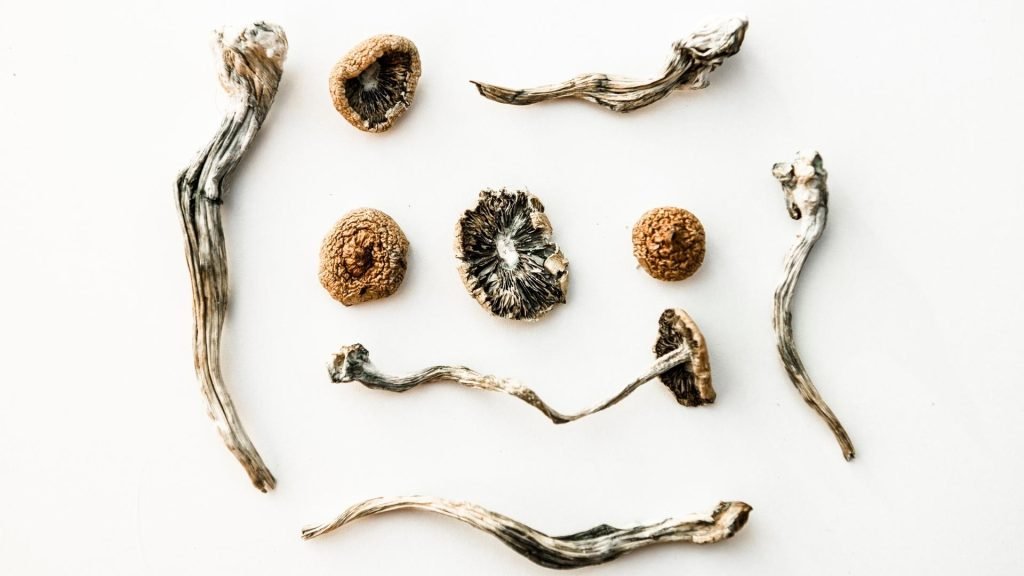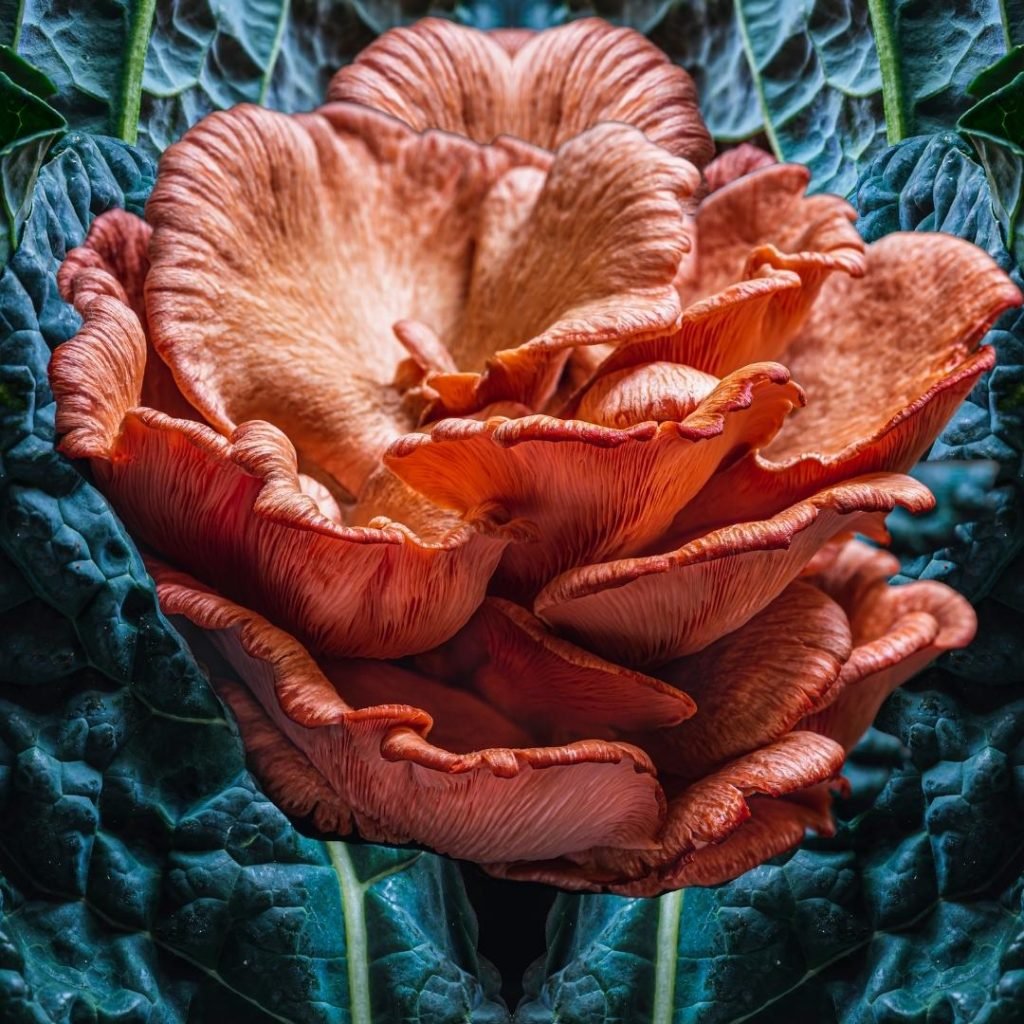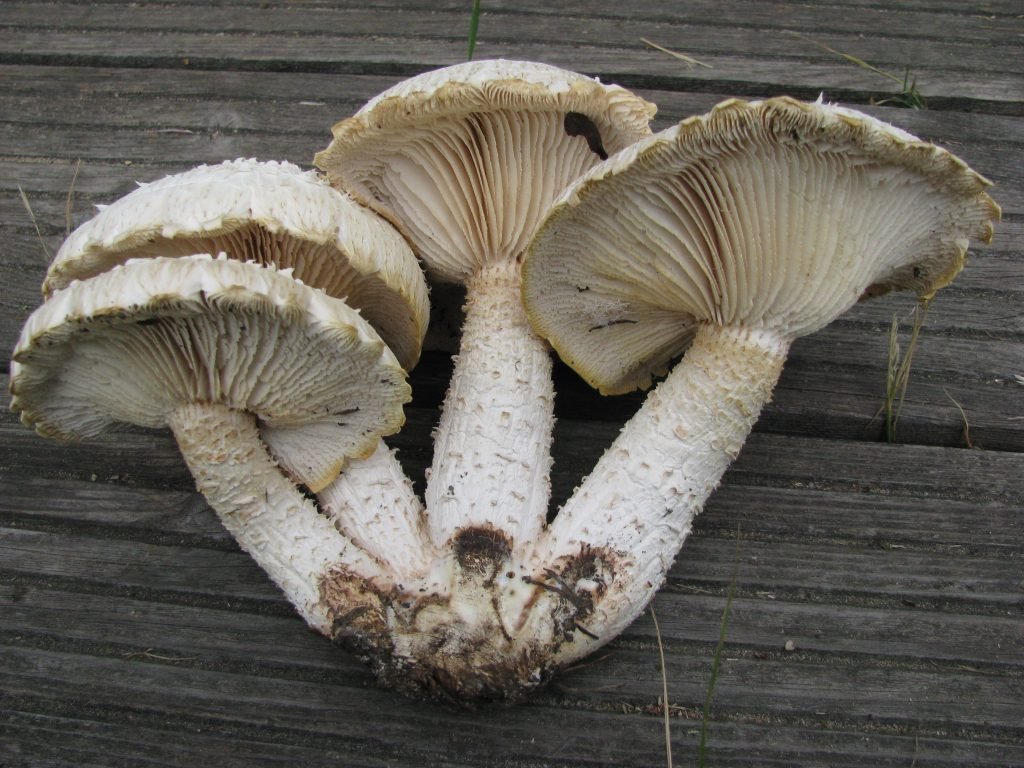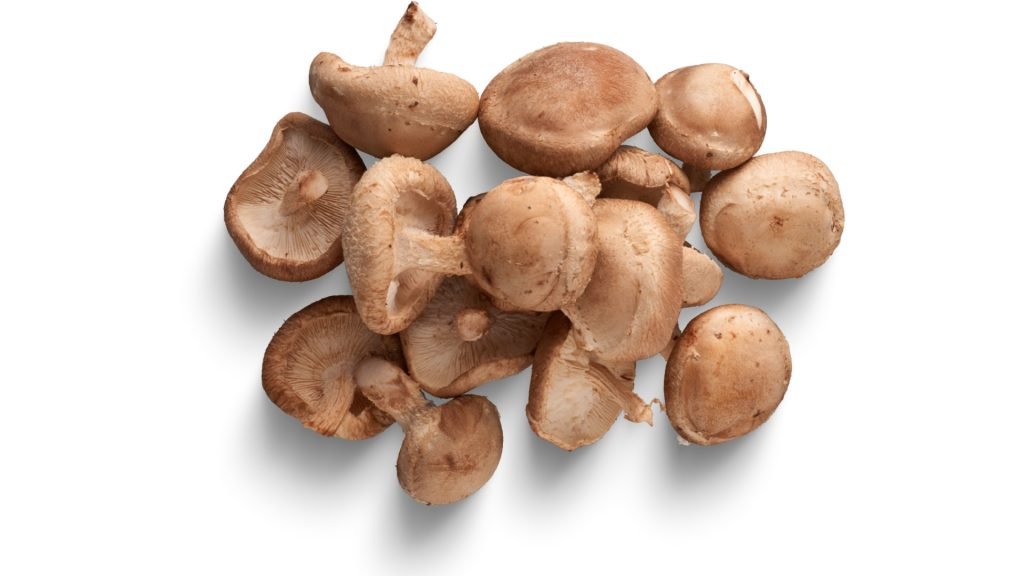Ever thought your morning coffee could fuel more than just your day? Brew a fresh perspective as we unravel the potential of coffee grounds – an efficient and sustainable substrate choice in the fascinating world of mycology.
Target Audience:
Harnessing the power of spent coffee grounds offers a twofold allure. Beginners revel in its accessibility and ease of preparation, while seasoned mycologists can appreciate the enriched nutrient profile it brings to their fungal cultures.
INTRODUCTION:
This isn’t a mere guide; it’s an evolving repository capturing the essence of coffee ground substrates. Venturing deeper, we lay down a roadmap of essential materials and a streamlined chart for quick references.
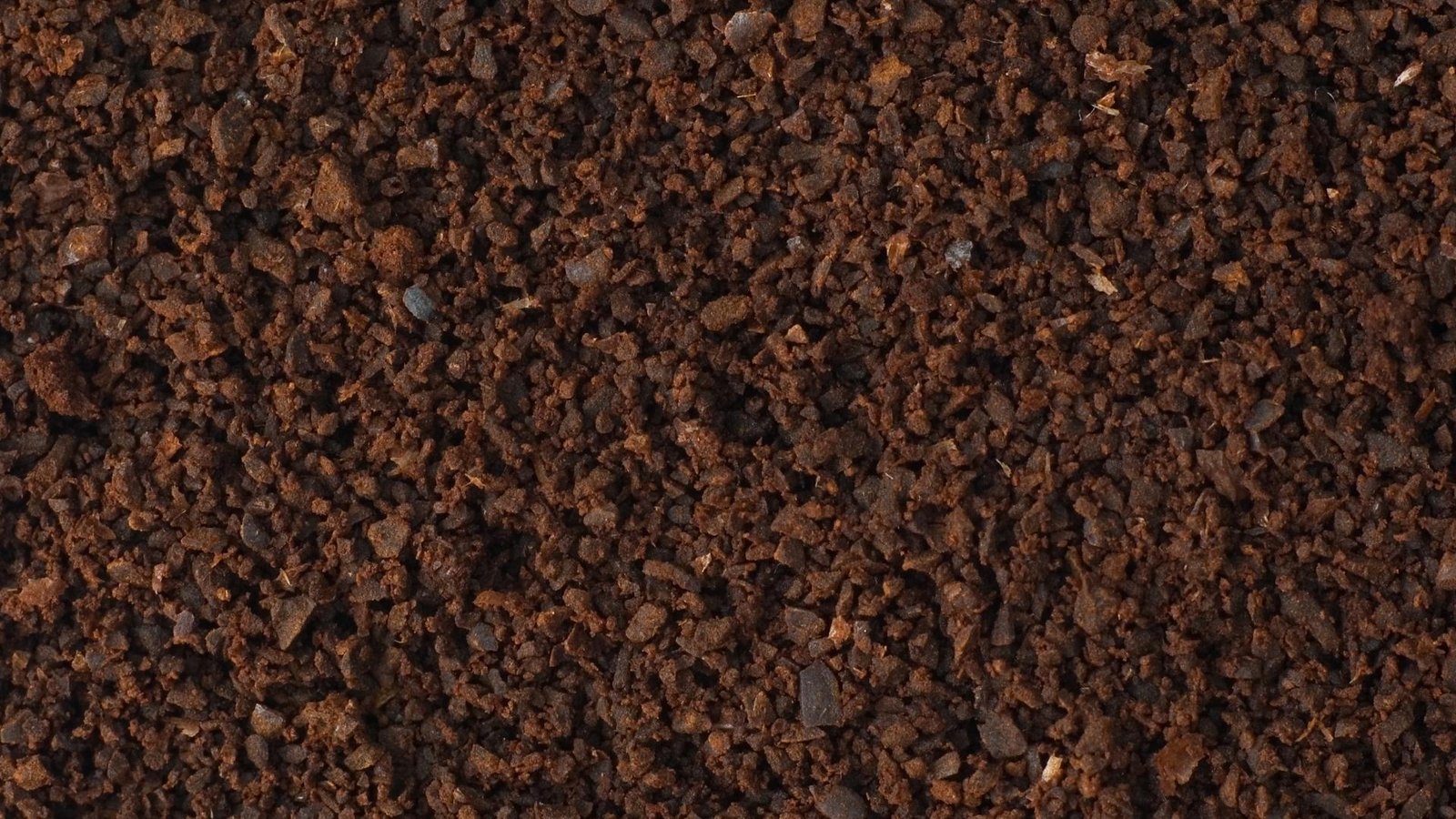
MATERIALS NEEDED:
- Used Coffee Grounds (UCGs)
- Water
- Bowls or trays for mixing and soaking
- Pressure cooker or steaming pot
- Gypsum (optional, but aids in breaking up the substrate and adds calcium and sulfur)
- Vermiculite (to retain moisture)
Coffee Grounds TEK Quick Reference Chart:
| INGREDIENTS: | PER PINT SIZE: | PER QUART SIZE: |
| Used Coffee Grounds | 200g | 400g |
| Water | 150ml | 300ml |
| Gypsum (optional) | 1 teaspoon | 2 teaspoons |
| Vermiculite | Enough to Cover | Enough to Cover |
| Karo Syrup (optional) | 5ml | 10ml |
| Pressure Cooking PSI | 15 PSI | 15 PSI |
| Pressure Cooking Time | 90 Minutes | 90 Minutes |
Note: Gypsum and Karo syrup are optional, but they enhance texture and nutritional content.
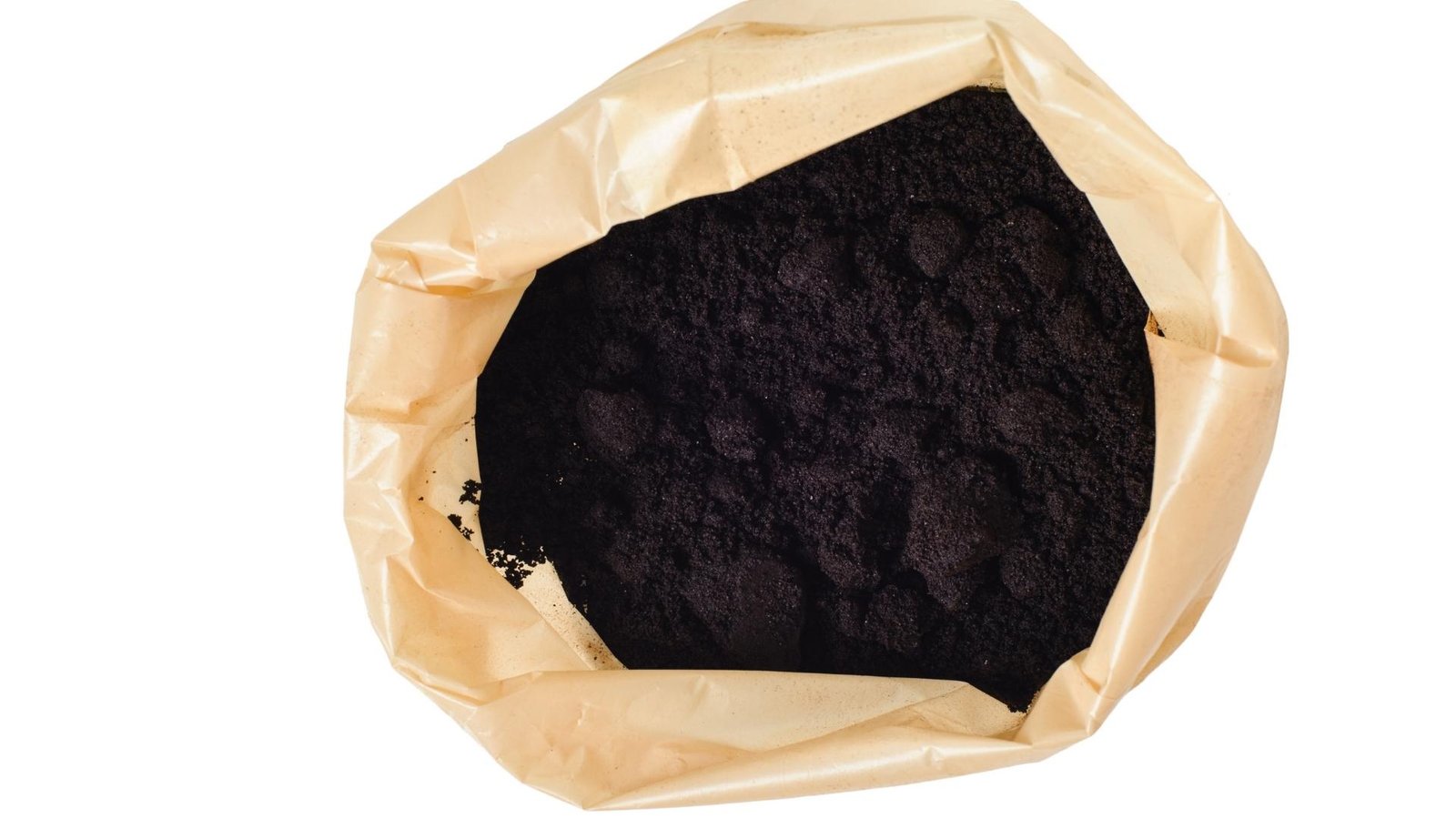
PROCEDURE:
Sourcing and Storage of Coffee Grounds:
- Initiate the process by obtaining used coffee grounds.
- Ideally, these should come from your recent brew sessions. If not, ensure they’ve been stored properly to limit exposure to air.
- Freshly used coffee grounds are optimal because prolonged exposure makes them more susceptible to contamination from competing organisms.
Blend Preparation:
- Utilize a large mixing tray or bowl.
- Gradually combine the coffee grounds with vermiculite, ensuring an even mixture. Vermiculite will assist in maintaining the moisture balance, which is essential for successful colonization.
Incorporation of Gypsum:
- If you’re opting to incorporate gypsum, this is the moment. Sprinkle it evenly across your blend, mixing it in thoroughly. Gypsum not only tweaks the pH balance but also contributes additional calcium and sulfur, essential minerals for mycelial growth.
Achieving Field Capacity:
- Field capacity refers to the moisture level where the substrate is damp but not waterlogged. You aim to have a mixture where, upon squeezing, only a few drops of water may be released. If it’s too wet, consider adding more vermiculite or coffee grounds. If too dry, sprinkle in more water and mix until you achieve the desired consistency.
Jar Filling:
- Filling: As you transfer the blend into your jars, be cautious about packing density. The substrate should be filled loosely, ensuring adequate air pockets and space for mycelial expansion
- PLEASE NOTE: If you followed our recipe (shown above) you shouldn’t have to worry about this however, ensure you leave about a 1-inch gap at the top to facilitate room for expansion and air exchange.
- Securing Lids: When placing the lid, ensure the rubber seal faces upward. This helps prevent the jars from getting vacuum-sealed during the sterilization process. Another option is to use a mycology lid such as one that contains a filtered vent and/or injection port (we have articles, DIY Supplies, and both Free & Paid for Mycology Courses hosted on our 🍄 Mushroom Academy!
- Foil Cover: Wrap the tops of the jars with aluminum foil. This provides an added layer of protection against potential moisture intrusion during pressure cooking.
Sterilization:
- Given the nutrient richness of coffee grounds, sterilization becomes pivotal. Load your jars into a pressure cooker, ensuring they’re elevated from its base. Maintain a pressure of 15 PSI for a duration of 90 minutes.
- If a pressure cooker isn’t an option, a steam bath for 2 hours can work, but be aware that this method is less efficient at eliminating potential contaminants.
Cooling Down:
- Post sterilization, patience is paramount. Wait until the jars reach room temperature. Introducing mycelium to a hot substrate can be detrimental to its health.
Remember, each step is integral to the success of your mycological endeavors. The universe of mushrooms is expansive, each variant bearing its own unique charm and characteristics. The Marketplace on the 🍄 Mushroom Network is a testament to this diversity. It is a haven for those seeking a deeper understanding of the magical world of mushrooms. If you’re keen on learning more about this type of mushroom and other mushroom variants, this Marketplace is your ultimate resource.
No posts found!
ADDITIONAL INSIGHTS & TIPS:
Nutrient Paradise: Coffee grounds are inherently rich in nutrients. Nitrogen, a vital component for mycelium, is abundantly present. This makes coffee grounds an excellent choice for those seeking vigorous mycelial growth and potentially larger yields.
Contamination Watch: With great nutrients come great responsibilities. The richness of coffee grounds also makes them a magnet for contamination. Always prioritize a sterile working environment, especially during inoculation, to minimize these risks.
Mix and Match: Coffee grounds, while effective on their own, can also be combined with other substrates. This not only diversifies the nutritional profile but can also optimize the substrate’s texture, making it more conducive for certain mushroom strains.
Storage Insights: If you’re a frequent coffee drinker but not a frequent inoculator, consider storing your used coffee grounds in the refrigerator. This chilly environment will significantly slow down microbial growth, ensuring your grounds stay fresher and less contaminated for when you decide to use them.
Is the caffeine of curiosity coursing through your veins? Let the 🍄 Mushroom Academy be your barista, brewing tailored courses that demystify the art of using coffee grounds and many other substrates. With classes for every budding mycologist, dive deep into the TEKs and emerge with clarity, competence, and cultivated confidence. Whether you’re a beginner eager to learn or an experienced mycologist looking to broaden your knowledge, the 🍄 Academy has something for everyone.
Related Reads:
Substrate for Mycology: A Comprehensive Guide on Using Coffee Grounds
Ever thought your morning coffee could fuel more than just your day? Brew a fresh...
Read More...
CONCLUSION:
From espresso to inoculation, the journey of coffee grounds finds renewed purpose in mycology. As you immerse in this flavorful voyage, remember the 🍄Mushroom Network stands vigilant, ready to guide, educate, and equip. Whether leafing through our articles, mastering techniques in the 🍄 Mushroom Academy, or sourcing the finest of mycology essentials, your success remains our most cherished brew.
Don’t forget to check out the 🍄 Mushroom Network’s Marketplace to see what’s available. But hurry, our shelves are constantly evolving, and you wouldn’t want to miss out on this wonderful mushroom. Join our growing network of Patrons, Genetics, and Mycologist Vendors only on the 🍄 Mushroom Network!
Recommended Reads:
From Forest to Fork: The Culinary Delight of Chicken of the Woods
The vibrant orange hues of the Chicken of the Woods mushroom aren’t its only allure;...
Read More...Zombie-Ant Fungus & Beyond: Nature’s Creepiest Fungi
About This Article: Feeling controlled by life? At least you’re not an ant controlled by...
Read More...Ethnomycology: The Interplay of Fungi and Culture
In the complex and fascinating world of mycology, the scientific study of fungi, there exists...
Read More...Cosmic Mycelium: Are Mushrooms Emissaries from Outer Space?
Mushrooms, with their diverse forms and mysterious life cycles, often evoke a sense of wonder....
Read More...Whoa there, Spore Sport! 🍄 Looks like you’re not logged in yet. Don’t you know what you’re missing? MYCO-CREDITS! Imagine all the fungal fun you could have. It’s like finding a Morel in May and not picking it. Tragic, right? Log In or Become a Myco-Patron and start racking up those credits. It’s more rewarding than finding a mushroom in your backyard! 🌟🏡



